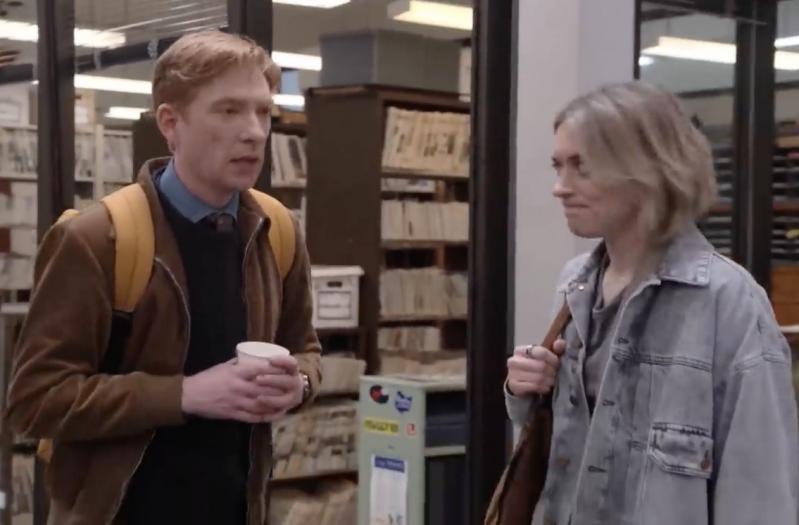I thought I’d given up on television entirely. Then in an attempt to keep current it occurred to me I should catch the opener of the new “Saturday Night Live” season, hosted by Bad Bunny, the Puerto Rican performer the N.F.L. has invited to be tackled by federal agents at the Super Bowl’s halftime show.
When it was over, Peacock kept the content coming, as algorithm-driven streaming services will, and late at night, halfway in the bag of a boob tube stupor, I found myself mesmerized by what was called up, a half-hour episode of a mockumentary series called “The Paper,” which immediately hit close to home with its cast of lovable losers at a struggling newspaper.
Out of habit I almost wrote “small town” after “struggling,” but, alliteration be damned, that’s not accurate, as “The Paper” is set in Toledo, Ohio, which, city proper, has a population well north of 200,000 souls. The Truth Teller is the rag, and it’s being revitalized, with real reporting instead of wire service filler and click bait, by one Ned Sampson, a new editor in chief played by Domhnall Gleeson, a son of the legendary big-screen actor Brendan Gleeson, and yet another from the Emerald or British Isles who can pull off a flawless American accent, something so rarely achieved in reverse.
So, The Star. Lovable, but from a distance, you’re thinking. Funky, with a certain cachet. Independent, in a seat-of-the-pants way. Charmingly wordy? Probably more important, its winning redesign decades ago has somehow rendered it impervious to the curse of its ilk — the look of a dull suburban weekly.
The air about it of a throwback would be substantially aided by bringing out of mothballs some of those Sho-Rack coin-operated newspaper dispensers — once pridefully made by our fellow Americans in Shiner, Texas — and dotting them about town, maybe just for brand presence, although, as with books, print is cool again. The cast-iron boxes’ disappearance from our nation’s streets seems about as ill-considered and uncalled for as the destruction of the payphones.
I kept watching. I did not see any Sho-Racks, but I did spy the Rube Goldberg conveyor belts and rollers of a glorious printing machine — “Goss Community, manufactured in 1965 in Rockford, Illinois,” as Mare, a reporter late of the Army’s Stars and Stripes, informs us with verisimilitude.
One of the many nice touches of this series is the interspersal of black-and-white clips from a fake 1971 documentary called simply “Newspaper,” in which we learn the then-boss started at the 900-employee paper by working on that same big-as-a-house machine. He calls what it does “a kind of alchemy, and what comes out at the end is the truth.”
The sense here is the same as the closing credits of Kevin Macdonald’s 2009 “State of Play,” starring Russell Crowe as an investigative journalist who solves a political murder. If you recall, it’s shot after shot of the end stages of the newspaper printing process, as the soundtrack plays Creedence Clearwater Revival’s “Long as I Can See the Light.”

